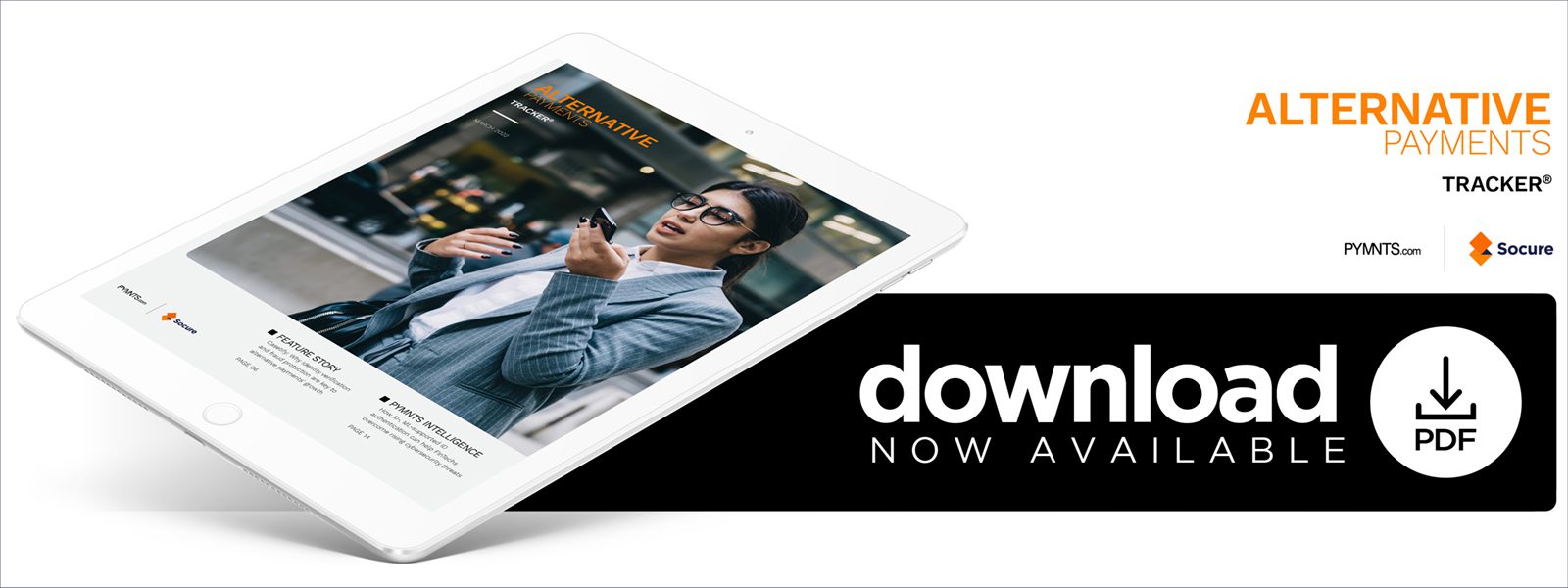Why Identity Verification and Fraud Protection Are Key to Alternative Payments’ Growth

Buy now, pay later (BNPL) options are becoming increasingly attractive to consumers, but that growing popularity is also making them a more enticing target for fraud. In the Alternative Payments Tracker, online phone accessory retailer CASETiFY’s Mike Jia explains why better authentication measures are necessary to secure the payments his buyers increasingly want to use.
The pandemic-driven digital shift prompted many consumers to try new payment alternatives when shopping online, including mobile wallets and budget-friendly buy now, pay later (BNPL) methods.
Supporting alternative payments such as BNPL offers merchants an important opportunity to increase customer acquisition, according to Mike Jia, growth director for eCommerce platform CASETiFY, a phone case and accessory retailer. CASETiFY supports a variety of alternative payment methods, including mobile wallets Apple Pay and PayPal, and the company is currently working with installment payment service Klarna to provide BNPL solutions to CASETiFY customers.
“We hear a lot of requests from our existing fans talking about how they would love to pay in installments,” Jia told PYMNTS in an interview. “They would love to buy higher basket sizes if only they [could make] monthly [payments].”
Enabling these capabilities promises significant growth, but digital identity verification has become increasingly critical as alternative payments’ popularity extends to fraudsters as well. A surge in BNPL use, for example, resulted in a concomitant rise in BNPL fraud between 2020 and 2021. This means that seizing this opportunity will require merchants to bulk up with robust fraud protection in advance.
Alternative Payments and Online Identity Verification
Identity verification in eCommerce is challenging, however, as convenience comes first for today’s digital shoppers. Consumers want payments to be as easy and seamless as possible, Jia said, especially as more online shopping moves to mobile devices. They are migrating not only to alternative payment methods but also to shopping channels in which all their pertinent details are already on hand and just waiting for them to click “buy.”
“We have noticed a lot of users have been requesting one-click checkouts, where all their information is saved,” he said. “At one tap of a button, they can buy what they want, so that’s something we’re working [on] on our side.”
This convenience can make it easier for enterprising fraudsters, too, unless retailers take proper precautions, but doing so can be difficult for merchants, especially when it comes to distinguishing between legitimate users of alternative payment solutions and fraudsters who aim to impersonate or infiltrate legitimate consumer identities.
Many BNPL and mobile wallet options are not subject to the same level of regulatory or privacy standards as more traditional methods such as debit and credit cards, making it easier for fraudsters to access previously stolen credentials and pose as legitimate users via these alternative options.
Merchants must also keep pace with how mobile phone providers such as Apple are tightening privacy requirements to provide both seamless and safe experiences, Jia pointed out. Apple upgraded its data sharing rules in a bid to prioritize user privacy, meaning that much of the consumer data to which retailers had access is now obscured, he said. The move has also prompted more consumers to pay attention to how their payment details are being secured against digital fraud.
“Security is something that’s always been top of mind for consumers, but especially after these recent privacy changes [have led to more] awareness in this space, we’re getting a lot more feedback about how important it is that people know their credit cards are hashed and that they’re secure,” he said.
Implementing robust digital identity verification measures to protect emerging payment methods and channels is likely to become more important as consumers’ online payment habits continue to evolve. Solutions that enable seamless and highly accurate verification not only protect consumers but also could help enable a better overall customer experience and therefore improve brand loyalty. Retailers wishing to grow via these channels thus need to be proactive about applying these solutions to alternative payment methods.
Preparing for Next-Gen eCommerce
Digital-first merchants can and should create more space for alternative payment methods that offer consumers greater financial flexibility. The success of subscription models, for example, showcases a consumer perspective that merchants should be considering, Jia said.
“We’ve seen a lot of subscription-based services and providers come out, so that might change the way consumers are thinking about transactions and payments in general,” he explained. “It’s much easier to have installments that [one] pays on a monthly basis as opposed to one big sum.”
Emerging alternative payment methods such as BNPL require new and unique solutions for identity verification and fraud assessment so that merchants can support a safe, secure and convenient end-to-end commerce experience. Meeting consumers’ new expectations for easy monthly payments may become eCommerce merchants’ top priority in the next few years. Retailers must ensure strong digital identity verification and fraud protection no matter the payment method to make the most of this opportunity.
